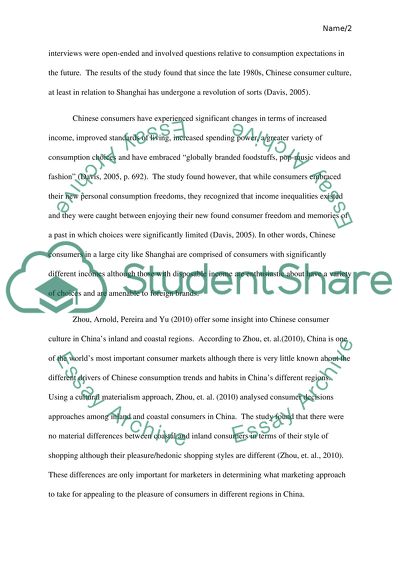Cite this document
(“An analysis on the foreign women's fashion magazines in China, and Literature review”, n.d.)
An analysis on the foreign women's fashion magazines in China, and Literature review. Retrieved from https://studentshare.org/journalism-communication/1475883-an-analysis-on-the-foreign-womenyies-fashion
An analysis on the foreign women's fashion magazines in China, and Literature review. Retrieved from https://studentshare.org/journalism-communication/1475883-an-analysis-on-the-foreign-womenyies-fashion
(An Analysis on the Foreign women'S Fashion Magazines in China, and Literature Review)
An Analysis on the Foreign women'S Fashion Magazines in China, and Literature Review. https://studentshare.org/journalism-communication/1475883-an-analysis-on-the-foreign-womenyies-fashion.
An Analysis on the Foreign women'S Fashion Magazines in China, and Literature Review. https://studentshare.org/journalism-communication/1475883-an-analysis-on-the-foreign-womenyies-fashion.
“An Analysis on the Foreign women'S Fashion Magazines in China, and Literature Review”, n.d. https://studentshare.org/journalism-communication/1475883-an-analysis-on-the-foreign-womenyies-fashion.


